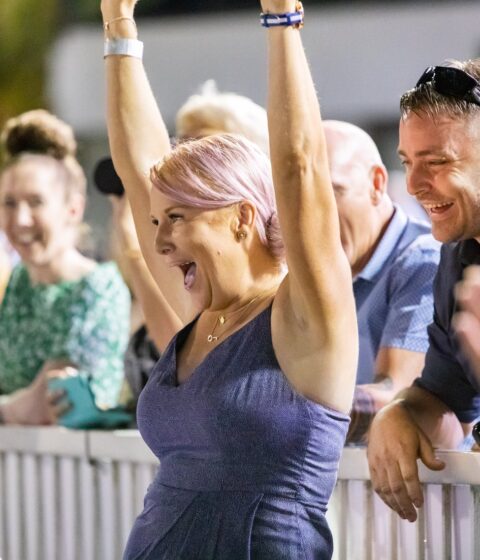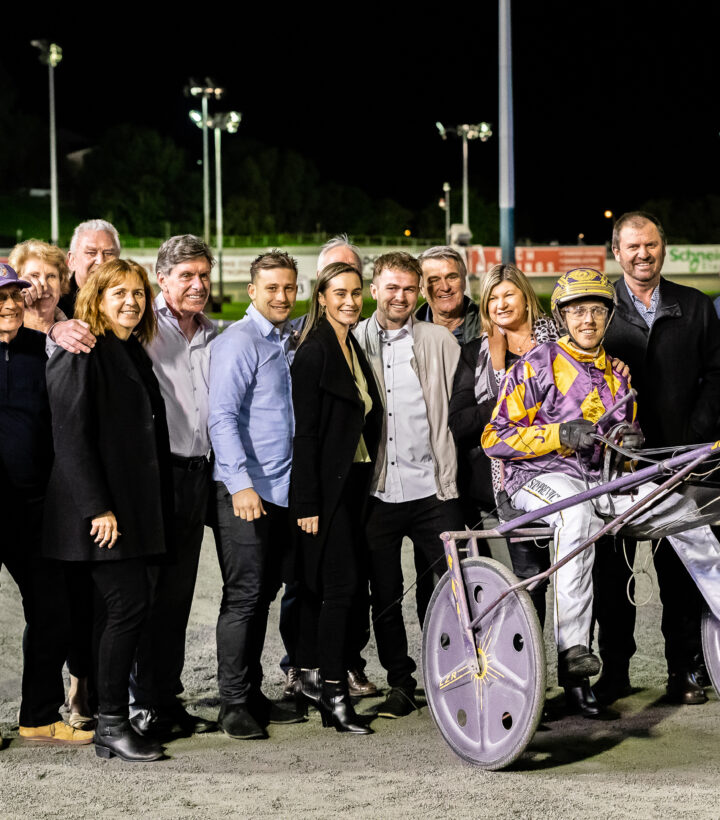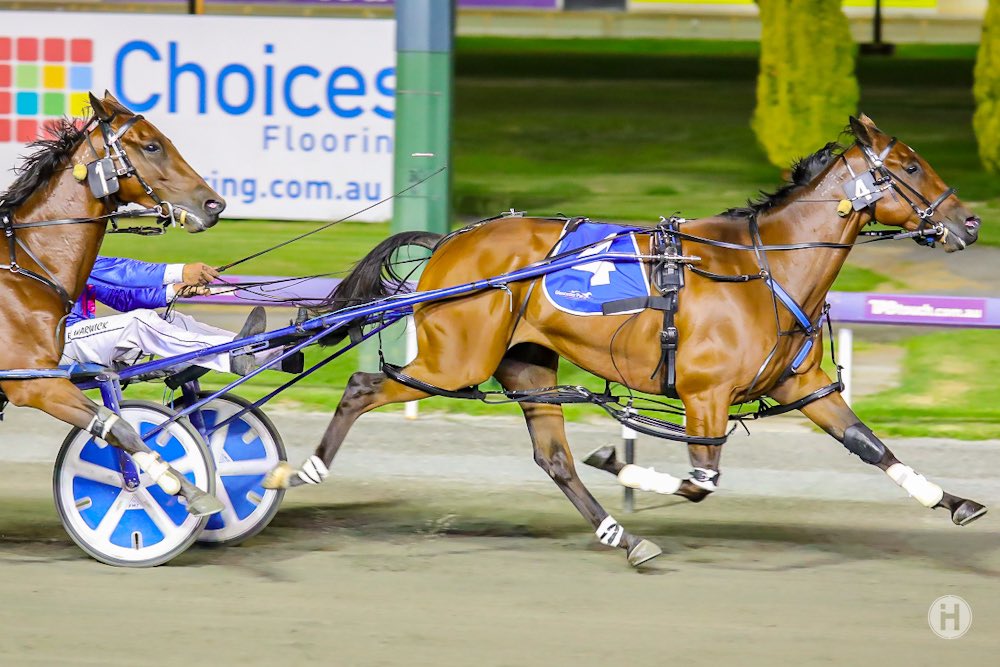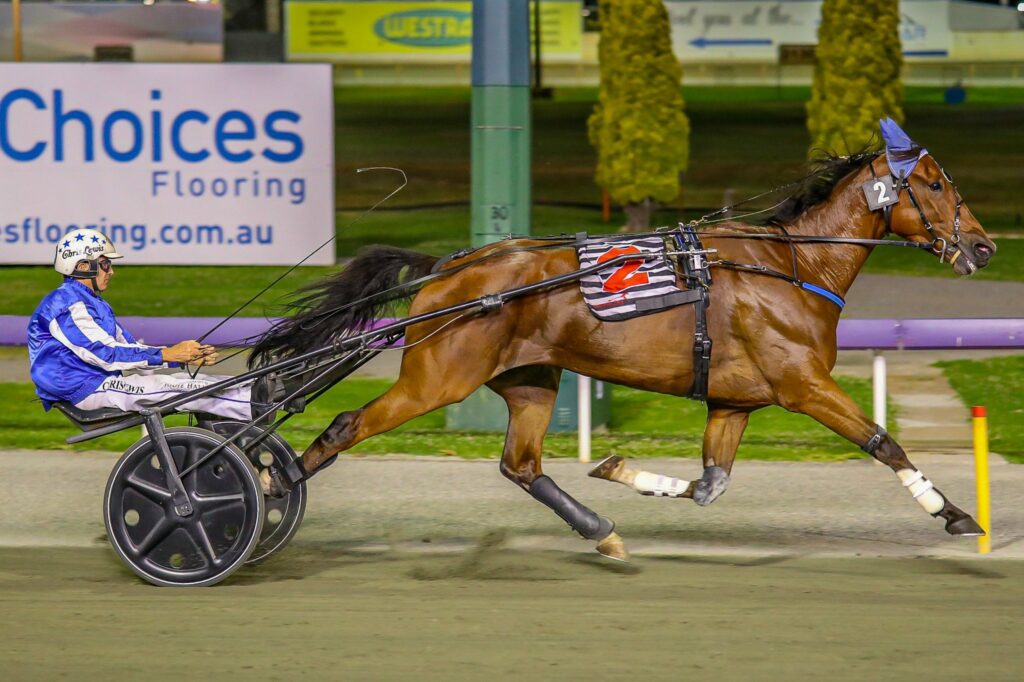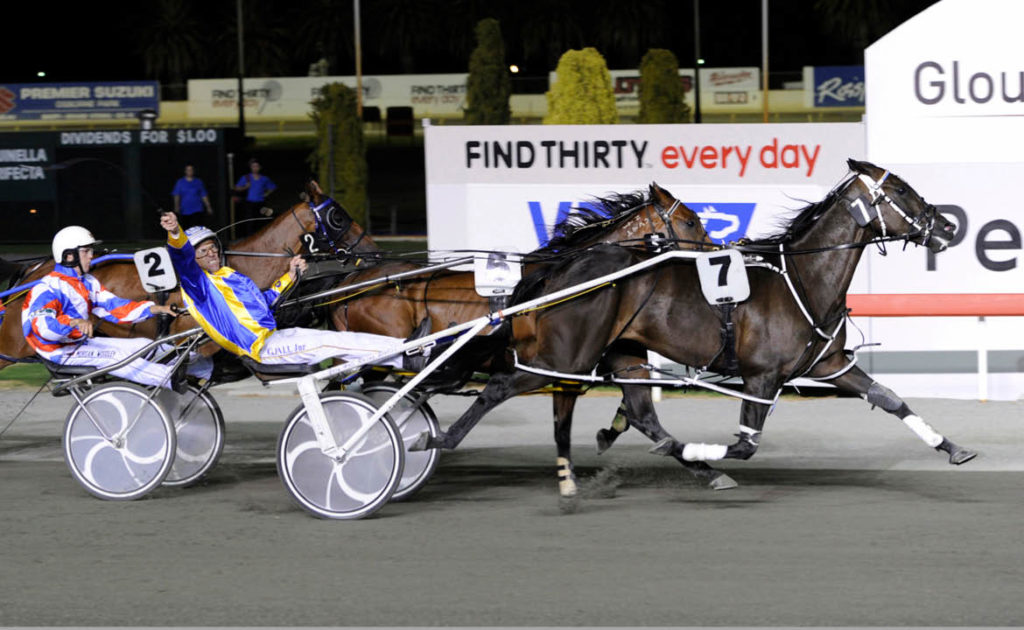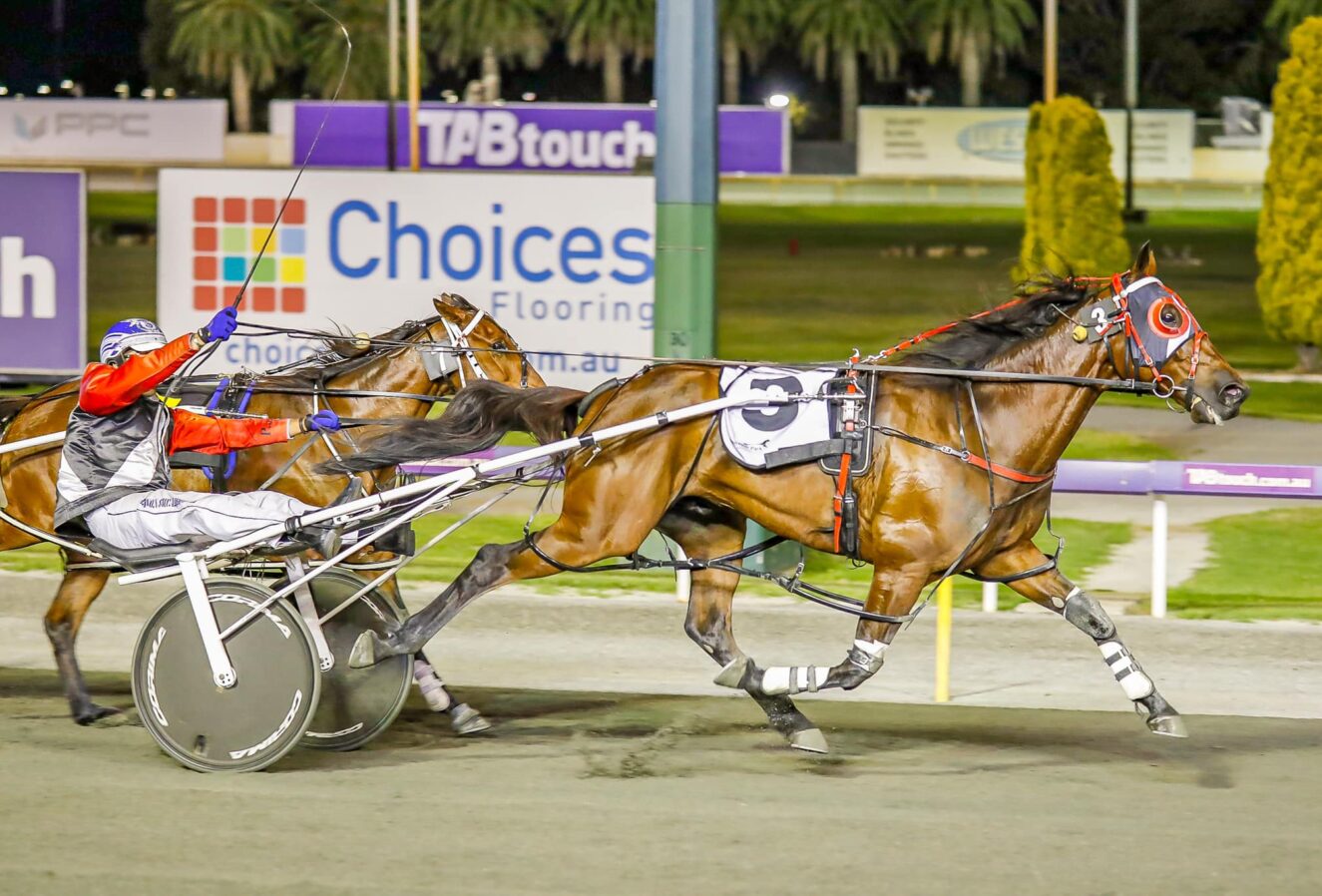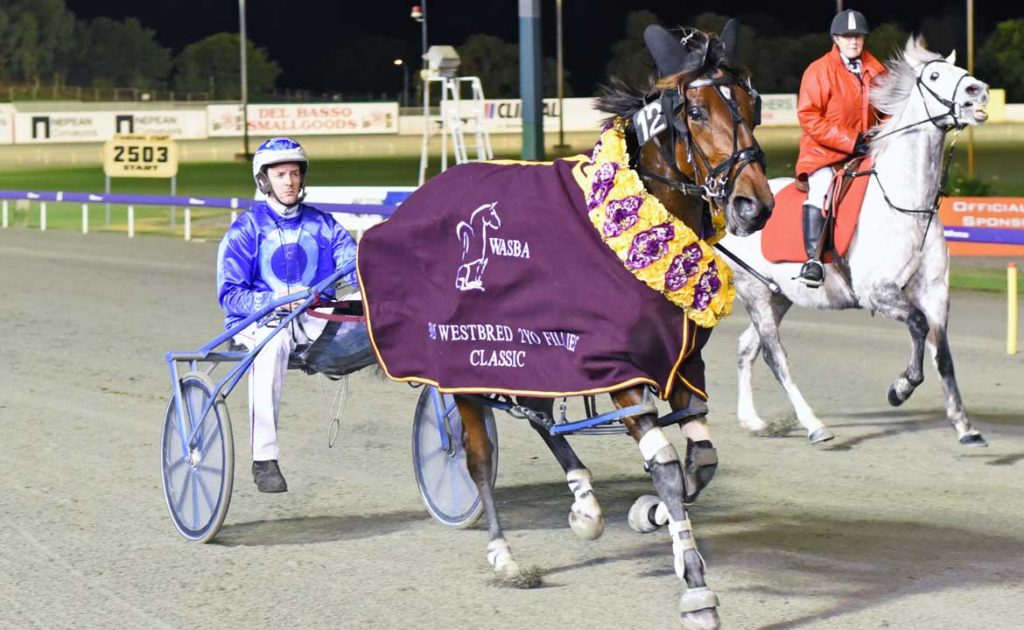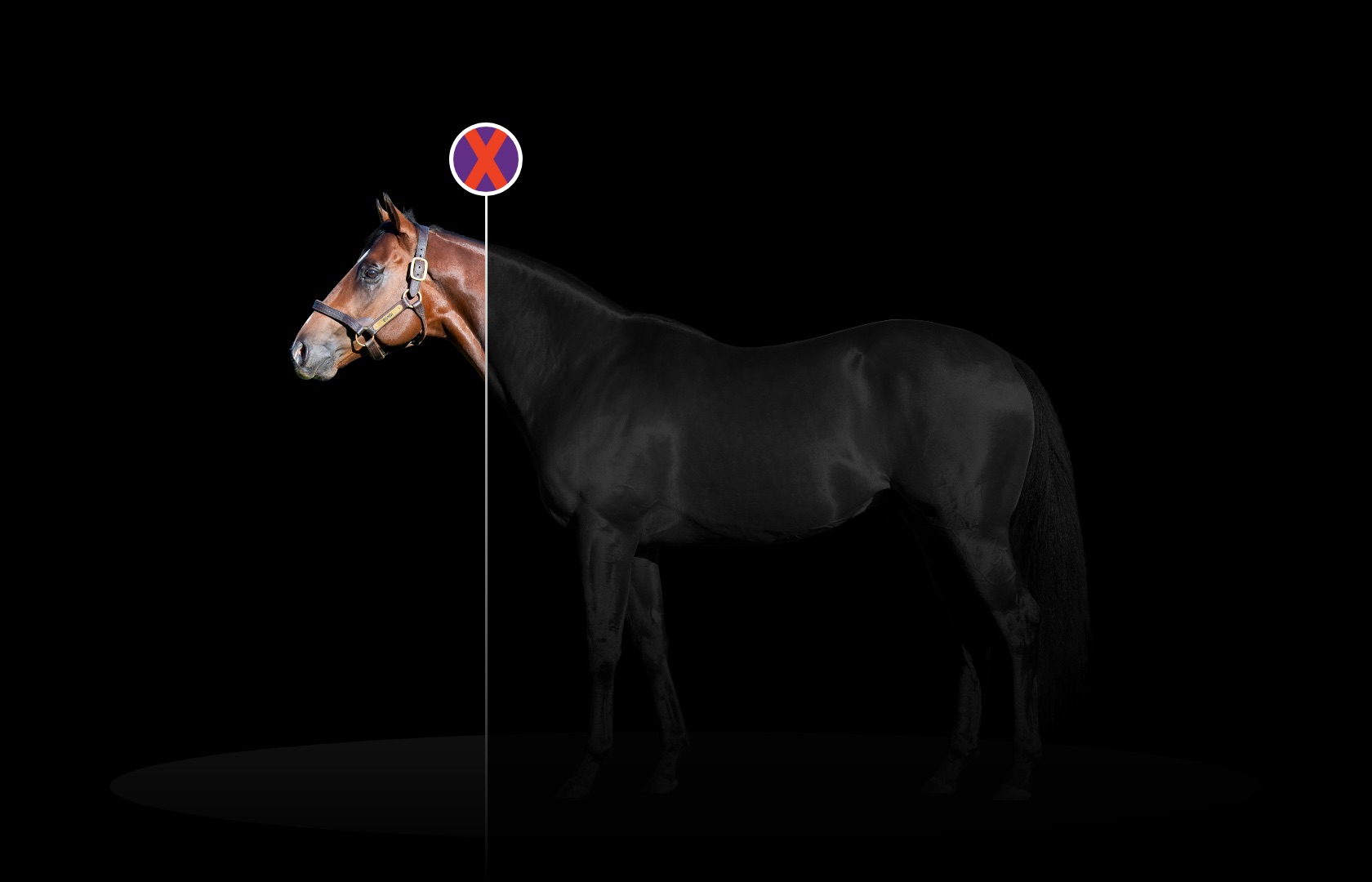
Syndicate
Joining a syndicate can be a great way to start out in the harness racing industry and enjoy the thrill of racehorse ownership, at a fraction of the cost!
Syndication will give you a smaller percentage share in the horse, but still with the full involvement and excitement of ownership.
Syndication is also a great opportunity to make new friends while following your horse. Many syndication groups coordinate social events for their members and encourage the large groups of syndicate members to meet up and cheer on your horse on race night.
A lot of syndicates are enjoyed together by workmates, teammates, family members and friends.
| Number of Owners: |
20+ syndicate members |
| Share Percentage: |
As little as 1% to 10% |
| Budget: |
Financially friendly, with all costs shared. |
| How to join: |
You’ll need to join a syndicate that’s registered with Racing and Wagering Western Australia (RWWA) with an appointed representative or manager. |
-
Syndicate promoters approved by RWWA
The Australian Securities and Investments Commission (ASIC) has strict requirement regarding the public syndication of racehorses.
Prior to offering individual shares in racehorse syndicates/partnerships, promoters of such must be approved by RWWA and recorded on the Register of Approved Promoters.
The following Syndicate Promoters are registered with RWWA as ‘Approved Promoters’:
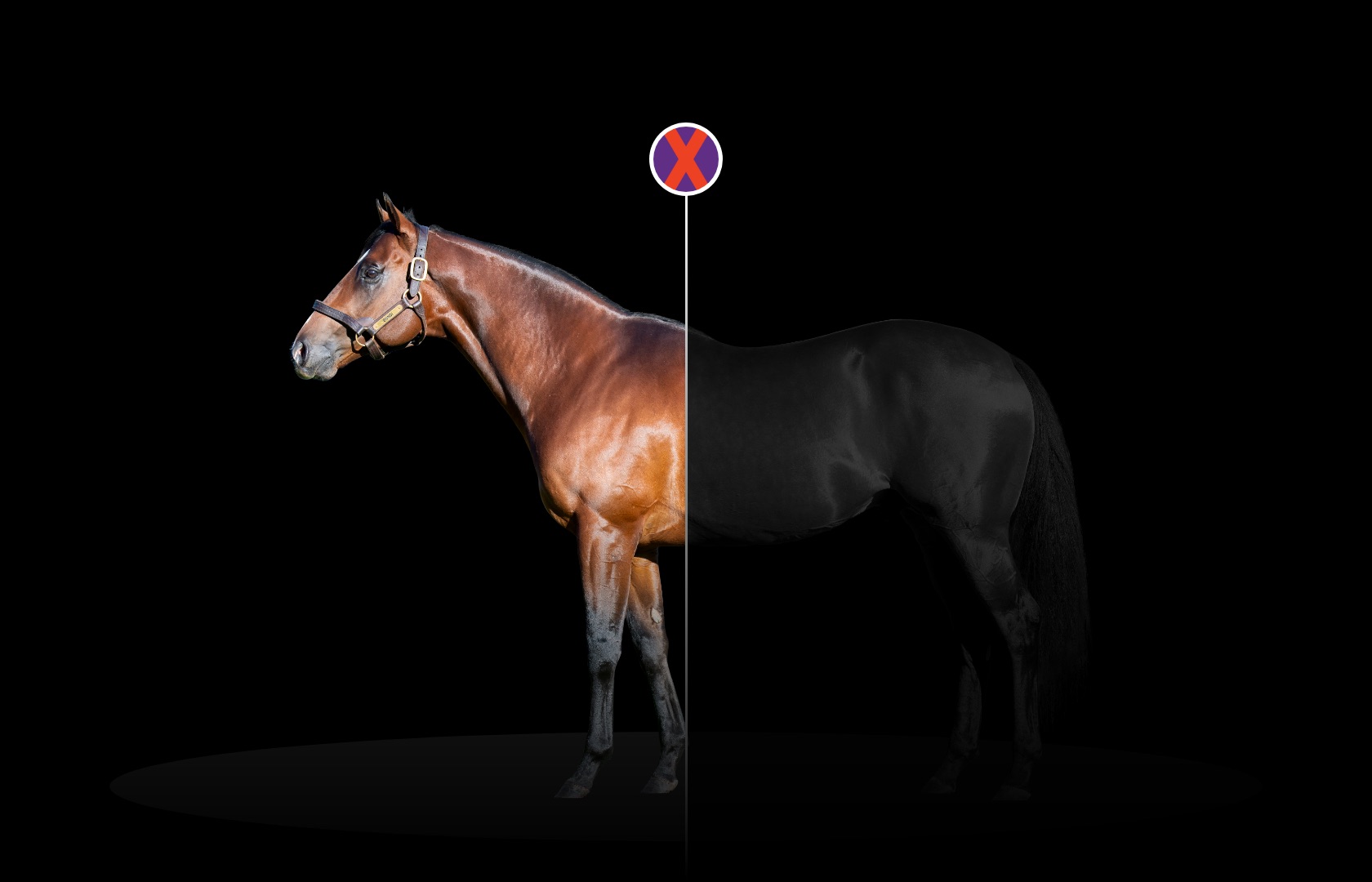
Lease a standardbred
Leasing can be a practical way of owning a Standardbred without an upfront purchase fee – effectively ‘renting’’ a Standardbred from an owner for a specified period of time.
A Standardbred owner can lease a horse to a person, group of people or a syndicate.
The term of the Lease will see the ‘’Lessee’’ pay all costs relating to the horse and has control over its racing career for the period of time outlined in the lease agreement. Usually the Lease Agreement will include a small percentage payment of prizemoney earned, back to the ‘’Lessor’’ (owner).
Once the term of the lease is complete, the horse is returned to the owner unless terms to renew or purchase have been included.
Breeders and trainers will often lease horses they wish to retain ownership of, often for breeding purposes while keeping a small interest in their racing careers.
A Lease Agreement can be a win-win situation for both parties involved, with you as the Lessee receiving a horse to race without the initial setup costs, and the owner often receiving a percentage of the prizemoney the horse earns, without the ongoing costs.
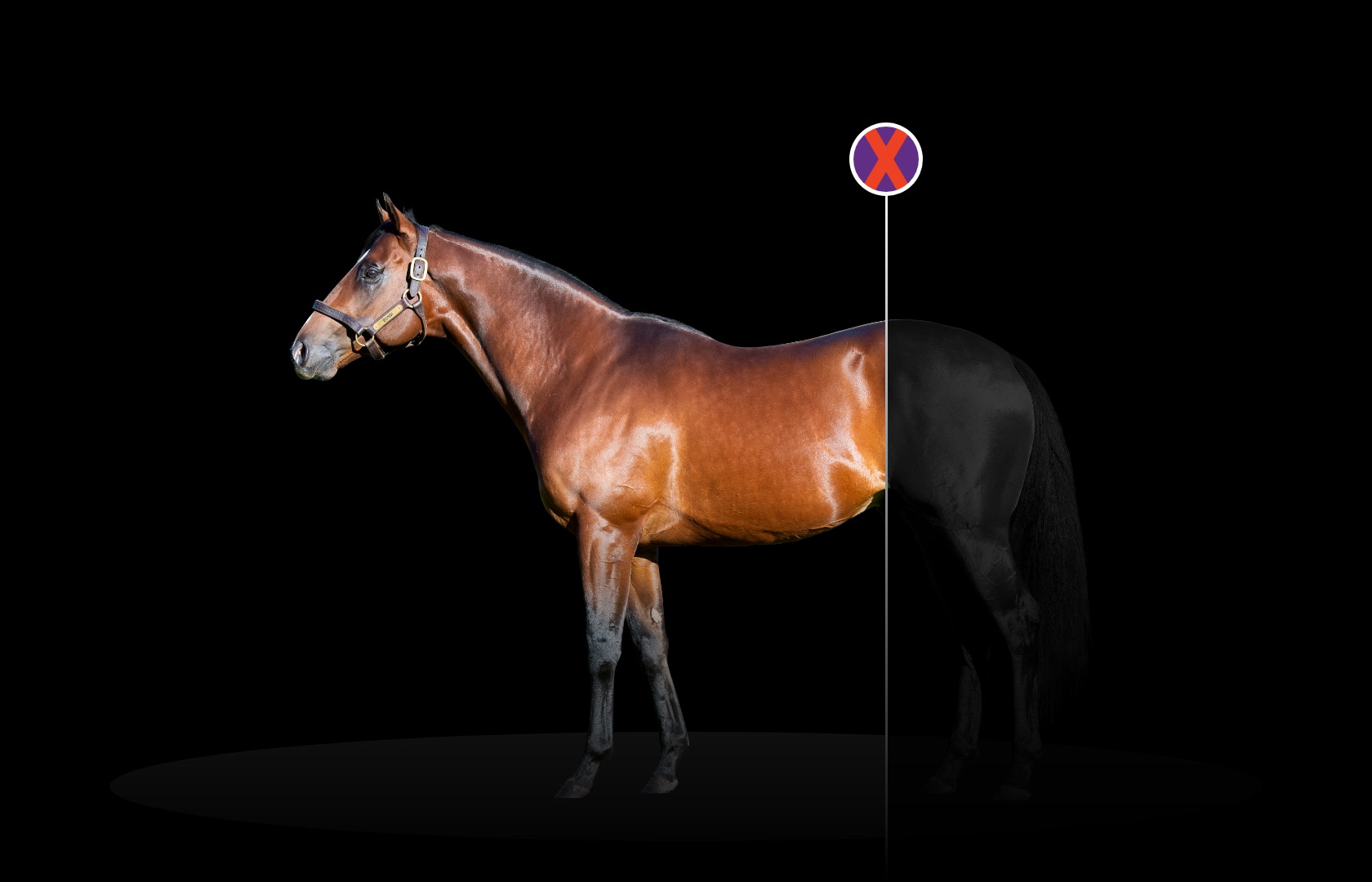
Joint ownership / partnership
Partnerships allow you to share in the excitement of racehorse ownership with work colleagues or friends and split the costs.
Up to 20 people can jointly race a horse. A joint ownership/partnership will usually see all 20 members take responsibility for their own share of the horse.
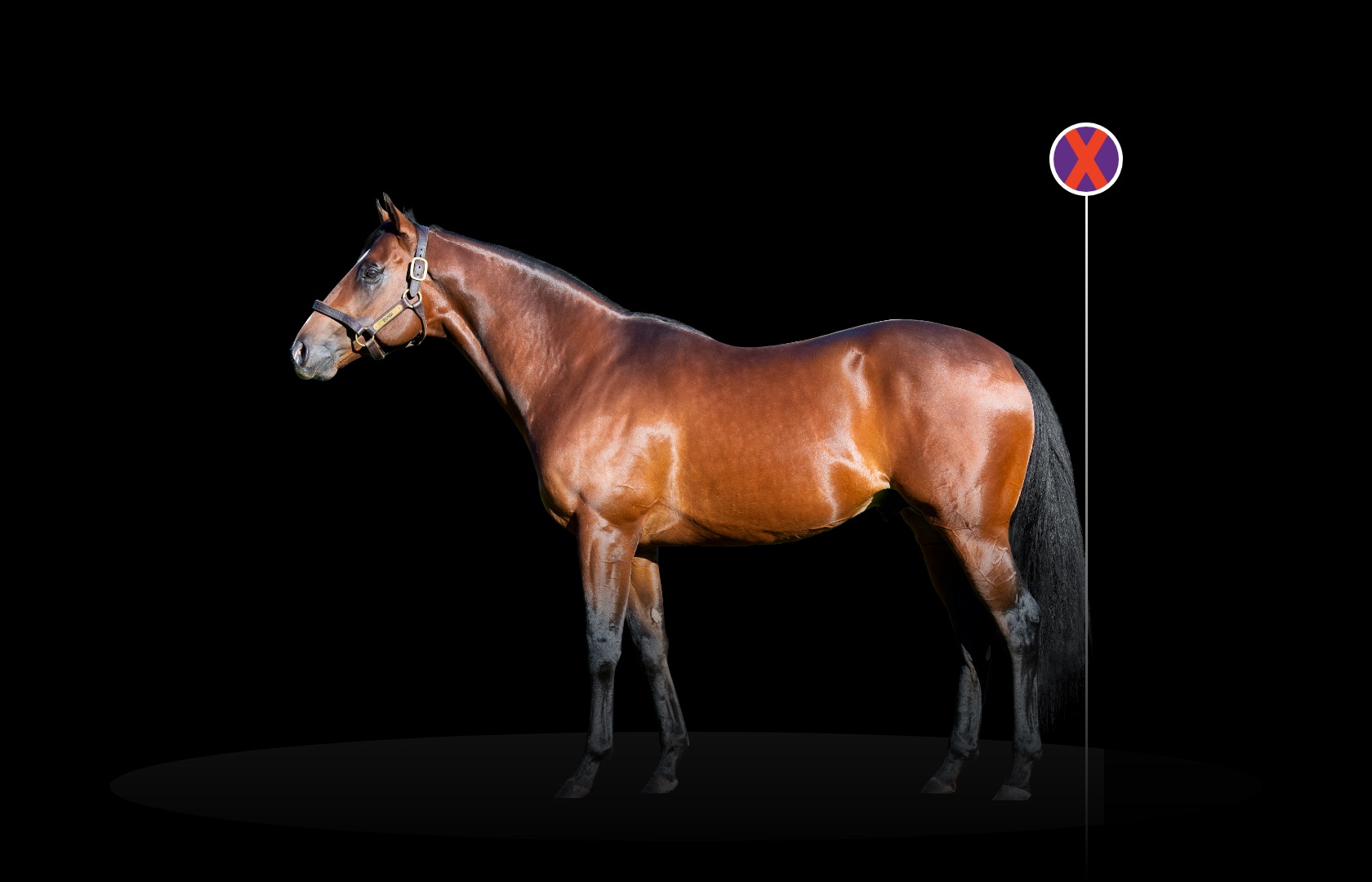
Sole ownership
Being the sole owner of a racehorse means you reap all the rewards, but also carry all the costs.
As the owner you have total control over the key decisions, including the naming of your horse (if it’s a yearling, unnamed) and the racing colours (silks) that your driver will wear on race day/night!
Owning a horse also means you are responsible for choosing your trainer, and dealing with them directly about your horse’s progress.
